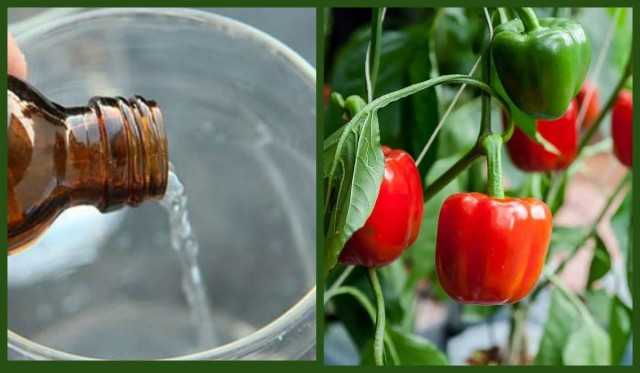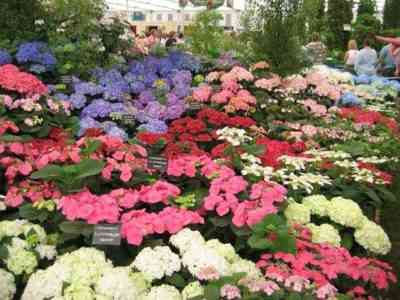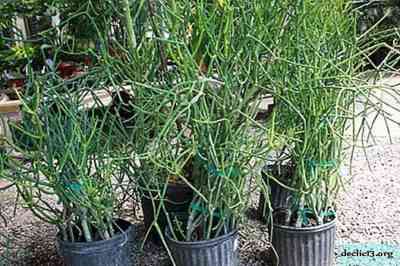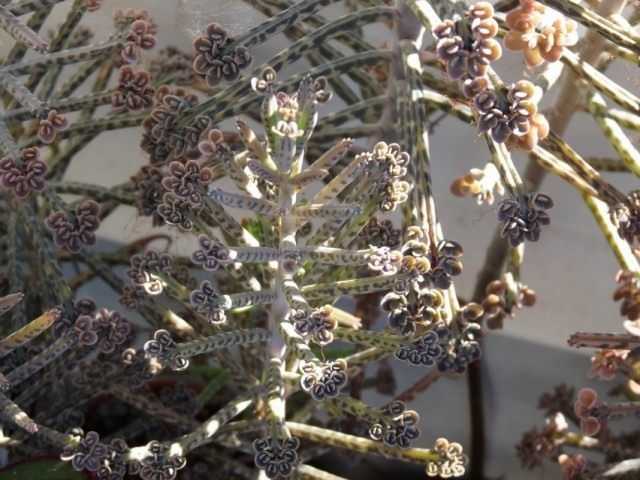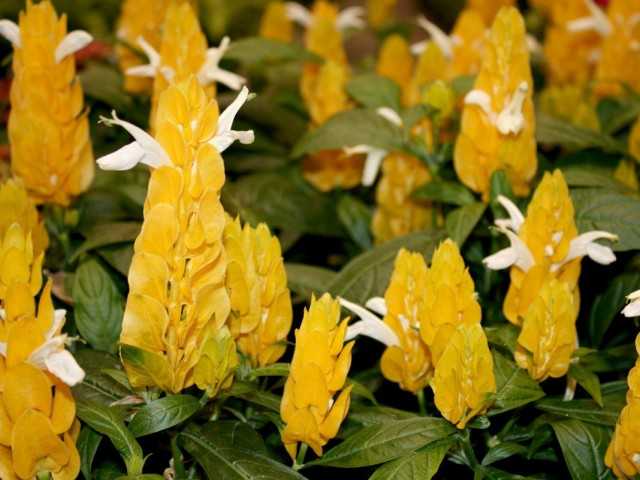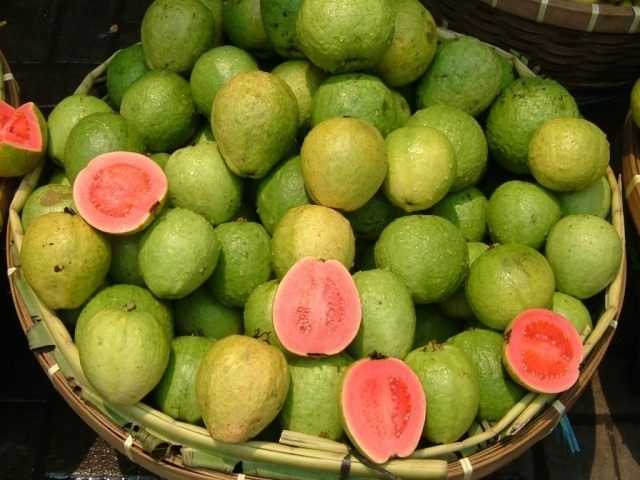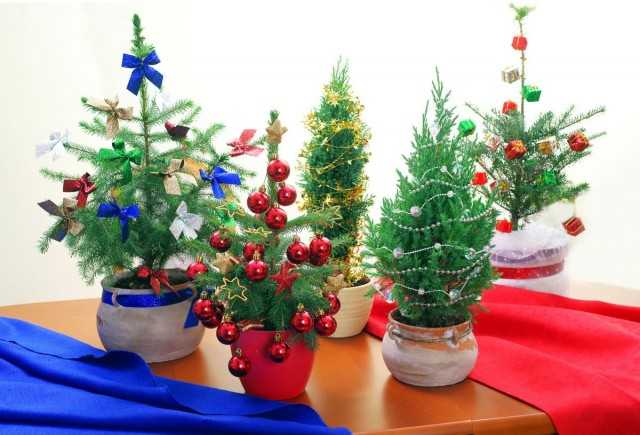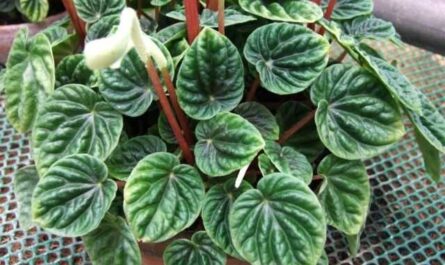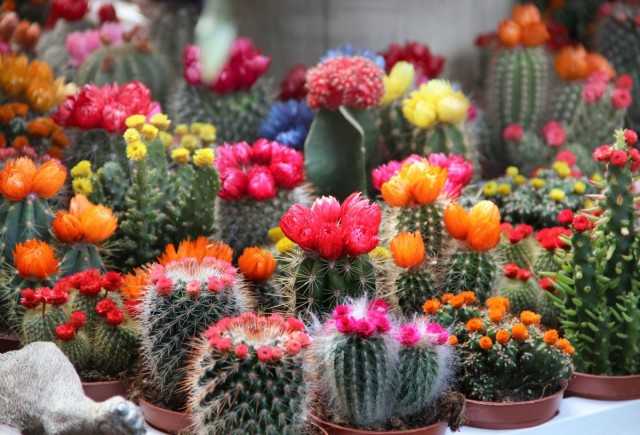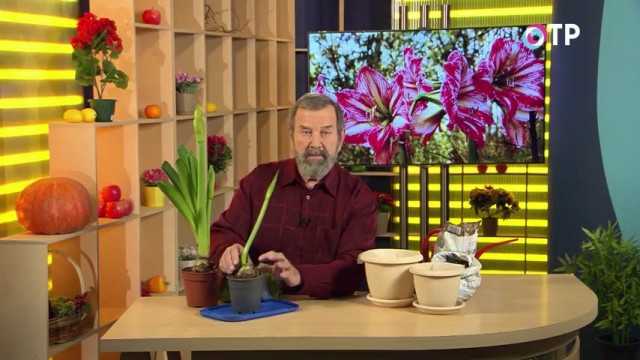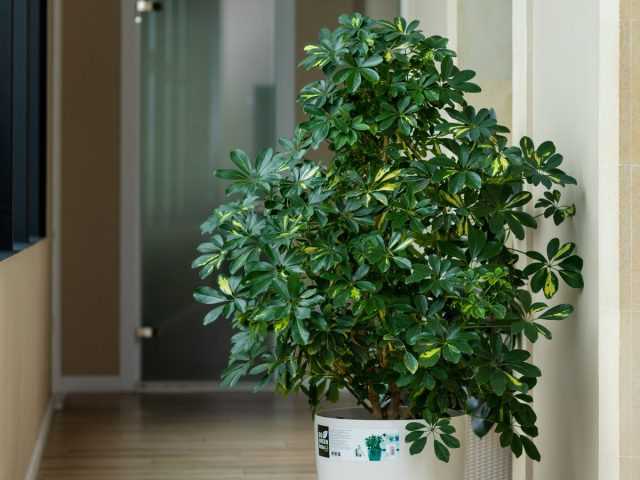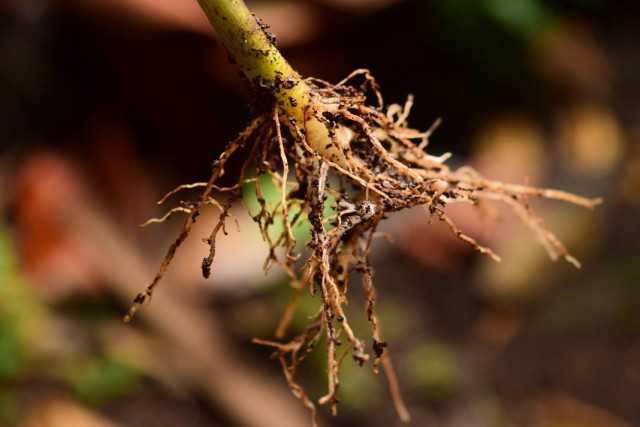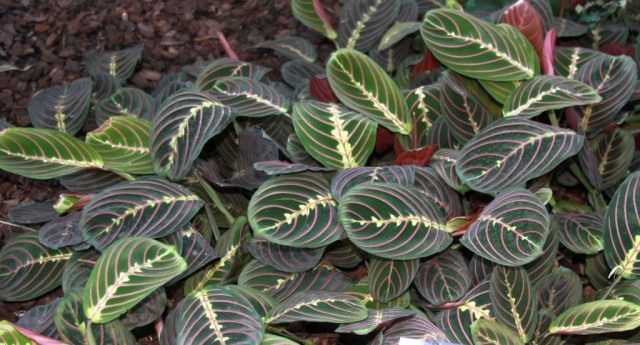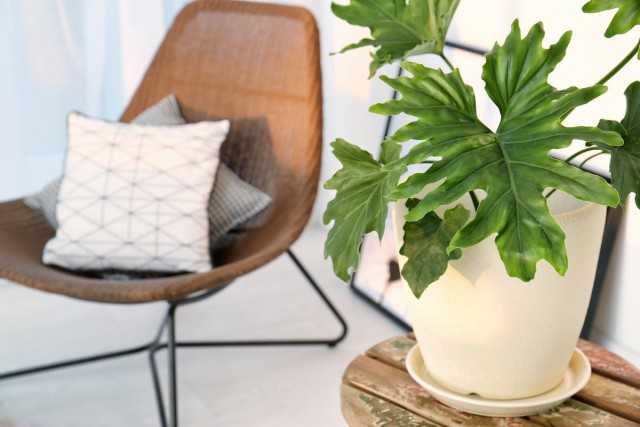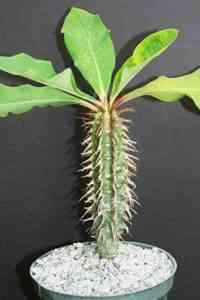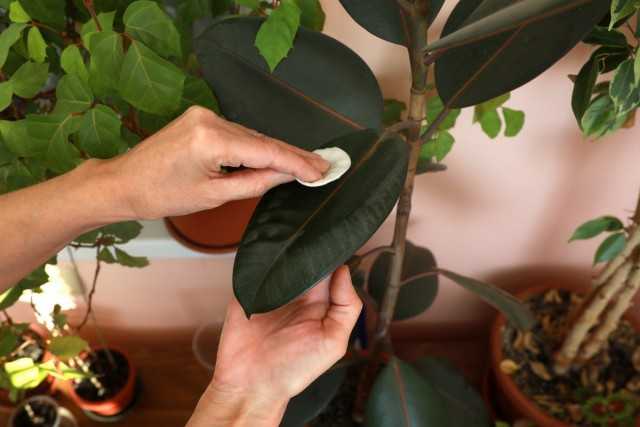When growing indoor plants, no one is immune from problems. Whether on purpose or not, we all make mistakes in the selection of a place or care. And we do not always often and carefully examine the leaves and stems in order to identify traces of pests and diseases. In most cases, it is a timely inspection that allows you to quickly detect growth disorders or damage to leaves and promptly respond to them. But if simple measures – correction of irrigation, drying the earth, washing or folk remedies – are not enough, you have to resort to using chemistry. The latest generation insecticides and fungicides are easy to use. But we must not forget about security measures.
10 rules for using chemicals for indoor plants
The range of products that will help to cope with pests or diseases in indoor plants is constantly expanding, as is the choice of growth stimulants and special preparations that regulate growth and root formation. Regardless of which chemical you use – fertilizers, activators, insecticides, fungicides, acaricides – you should not be negligent in each case. Even the safest biological products still need to be used correctly. And observe the safety precautions that the manufacturer describes in all details.
Even harmless fertilizers accidentally hitting the skin or mucous membranes can become a source of trouble. And plant extracts or essential oils can cause serious allergic reactions. In addition, there is always a risk that the decoration materials or fabrics in the room will be damaged if they are sprayed with insecticide.
Preparations intended for plants should be used only for plants – and as carefully as possible. Compliance with the basic rules will help to avoid problems when working with any chemical agent.
1. Chemicals are not a substitute for care and cleanliness
The promise of quick results when using any insecticides and fungicides encourages anyone, but they will not replace care and purely “mechanical” treatment. Diseased plants need not only timely treatment with special means, but also basic preventive and care measures:
- removing insects from the plant by hand;
- wiping leaves and shoots from dust and dirt;
- cleaning dry or diseased leaves and dirt from the soil surface;
- cleaning of dirt in trays and pots;
- soulfulness;
- spraying, increasing humidity or, conversely, decreasing it.
Dust and dirt are the main enemies of plant health. With the help of only sanitary measures, it is not always possible to solve the problem, for example, with spider mites or scale insects, but it is hand washing and care that is the first step to victory and the best helper of “chemistry”.

2. Quarantine before processing
If the plants are affected by pests or diseases and any insecticides and fungicides will be applied to them, they must first be separated from the rest of the collection. Quarantine ensures that other plants in the house are not harmed. It should start before spraying or other treatments, even if the problem appears to be specific to the species.
Read also our article How to get rid of thrips on indoor plants?
3. Studying is the best weapon
No matter how beautifully the funds are advertised, whoever recommends it to you, you should make sure yourself in the scope of its application and all the characteristics. A careful study of the instructions and all the data on the labels (composition, safety class, certificates, information about the manufacturer, methods of application) will help prevent possible errors and ensure that you avoid unpleasant surprises due to ignorance.
First of all, it is worth checking yourself on which plants and when you can use the funds. Indeed, for indoor crops, you should not use drugs that are not intended for them. You need to be especially vigilant with garden tools: not all “chemicals” allowed on sites are safe for use in enclosed spaces.
Studying the instructions is a “tedious” but very important step. And you shouldn’t even ignore the “little things”, because your safety and plant health often depend on them.
4. The effectiveness of the drug depends on the accuracy of adherence to instructions.
When using fertilizers and growth stimulants (and even more insecticides and fungicides), more does not mean better. Each drug undergoes long-term tests and tests, during which its properties are studied. And if you do not follow the instructions for proportions, concentration, method of application, you should not count on the full manifestation of the expected properties.
Fortified mixtures may not harm the plant. But the damage to the environment, health and pets is very difficult to measure. Reduced concentrations are no better: drugs that are not used within the effective recommended solutions can simply be wasted.
If the indicated proportions suggest too much of the product for your plant, then a proportional reduction in the amount of water and preparation is quite acceptable. But make sure that unused drug leftovers can be stored after opening or disposed of immediately.
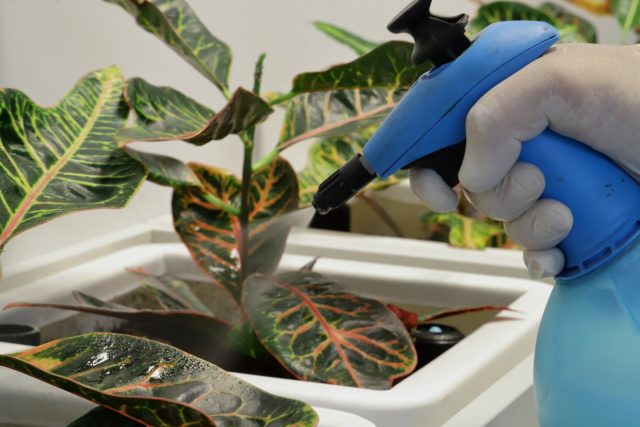
5. The processing area must be isolated.
It is almost impossible to find a closed, empty room for spraying with insecticides or fungicides. But it is also not worthwhile to carry out processing “anywhere”, right on the windowsill or on the nearest table. Spray plants with insecticides and fungicides separately. Away from valuable pieces of furniture and decor, resting places, living rooms – on a special work table or chair protected with a film, in the open air or in a well-ventilated place (on a balcony, in a corridor, in utility rooms, etc.). It is convenient to spray plants in the bathroom, where you can immediately wash the walls and surfaces.
6. Compliance with the terms of application
Expired drugs are dangerous, even when it comes to simple fertilizers. It is no coincidence that each manufacturer so accurately indicates the period during which drugs can be used without harm to plants and the environment. The properties of even organic and biological components after the specified period change unpredictably, and it is not worth experimenting with chemistry for indoor plants in this regard.
7. Mixing drugs is prohibited
With the exception of multicomponent preparations that are mixed before use, you should not combine different products for indoor plants. Even top dressing cannot be carried out at the same time as treatment with insecticides or fungicides. What can we say about mixing these drugs with each other! Treatments with different chemical agents must be “diluted” in time, leaving sufficient pauses in order to observe how the plant feels and how a particular drug acts.
Read also our article Why do indoor plants leave leaves?
8. Don’t forget about safety
For indoor plants, do not use chemicals that require special protective clothing. But this does not mean that safety measures do not need to be followed. Before taking on the treatment of plants, it is worth putting on gloves and changing into work clothes, which can be immediately sent to the wash (given that some preparations can leave irreversible marks on textiles).
Respiratory protection is rarely used in rooms. But since most insecticides and fungicides are sprayed with small enough sprays, it is not a good idea to inhale the microparticles of the drugs while processing at close range. A simple protective mask perfectly filters the air and minimizes contact with drugs.
If a working solution of fertilizers or other products comes into contact with the skin, it should be immediately washed off with plain soap. In case of eye contact, rinse as quickly as possible. At the slightest sign of irritation and suspicious reactions, you should consult with a specialist.
Households need to be protected as well. Fertilizers, acaricides, insecticides, fungicides are not the substances to which children and pets should be allowed. This also applies to the treatment itself, and the time until the leaves dry out.
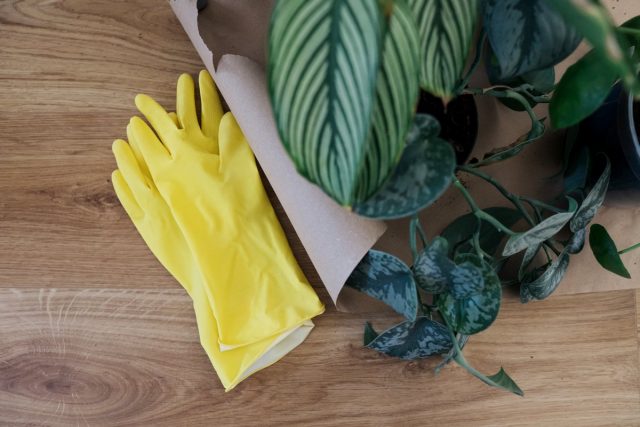
9. Separate storage
All chemicals, including fertilizers, must be stored separately, avoiding any neighborhood not only with food, but also with medicines, household chemicals, herbs, etc.
The storage area for houseplant chemicals should be cool and dark, out of reach of children and animals. Periodically, it is worth inspecting the integrity of the package and paying attention to the storage dates.
Dispose of expired products should not be together with household waste, but following the instructions for products of their safety class according to the manufacturer’s instructions.
10. Cleaning with great care
After all work with plants is completed, you should not forget to tidy up the working area. Remnants of leaves, drops of solutions must be removed immediately, if possible, not forgetting about wet cleaning of all surfaces that the working solutions could touch. But the main attention should be paid to dishes, containers and tools. Just rinsing them with water is not enough: rinse all used tools thoroughly with clean water and a mild detergent. Airing is a must after handling chemicals indoors.
